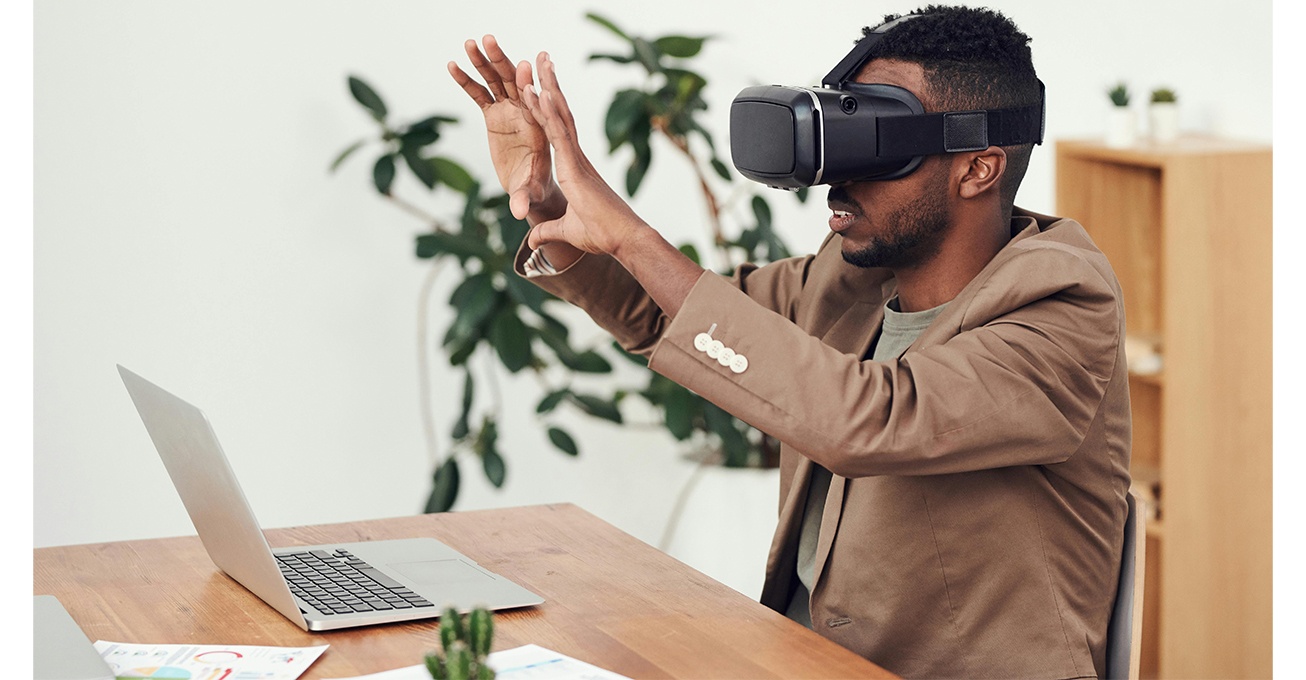 Recent data points to a nuanced understanding of dating preferences across different states and age groups in the United States. An examination of over 3,500 responses in a survey conducted by Shane Co. reveals specific state-level preferences regarding the age of potential partners.
Recent data points to a nuanced understanding of dating preferences across different states and age groups in the United States. An examination of over 3,500 responses in a survey conducted by Shane Co. reveals specific state-level preferences regarding the age of potential partners.
In Delaware and Minnesota, there is a marked preference for dating individuals of the same age. This contrasts with a broader trend across many states, where there is a slight but evident inclination towards partners who are 1-5 years older. Unique among the states, New Mexico shows over 20% of its population preferring partners 1-5 years younger. Meanwhile, Mississippi and Oklahoma stand out with more than 15% of their populations showing a preference for significantly older partners, specifically 6-10 years older.
Additionally, the formation of heterosexual relationships in the U.S. increasingly involves online platforms. A 2024 study indicates that 39% of such couples who got together in the country in 2017 met online. This statistic underscores the role of digital platforms in facilitating romantic connections.
The online dating scene itself is mixed, with sites catering to different age demographics. The seven most popular sites by age group include Zoosk, which is recommended for older teenagers, while OurTime and Senior Match are tailored to senior singles. Senior Match, in particular, has facilitated meaningful interaction among its users, with over 1 million signups since 2003 and supporting 1.6 million chats each month.
This diversification in online dating services points to the adaptive nature of digital platforms to meet various demographic needs. However, the environment is not without its challenges. Approximately one-third of individuals have encountered negative interactions on these platforms. Women and sexual minorities are particularly vulnerable, presenting a risk of abuse that is higher for these groups than for others. Despite these challenges, the financial commitment to online dating demonstrates its perceived value, with 22% of online daters under 30 and 41% of those aged 30 and older having paid for dating services.
Recent insights into dating trends highlight a shift in attitude among singles, particularly within the Gen Z demographic. A survey of 4,000 Gen Z members by Tinder reveals that 69% believe adhering to a traditional relationship timeline is less important. This shift suggests a move towards more fluid relationship dynamics, prioritizing present experiences over long-term planning.
Moreover, dating preferences are greatly influenced by lifestyle factors and personal habits. The January 2023 American Perspectives Survey reveals strong aversions among Americans to dating partners who live at home, are unemployed, or smoke, with these preferences being especially pronounced among women. Political alignment also plays a critical role in dating preferences, further complicating the landscape of modern romantic connections.
The economic aspect of dating cannot be overlooked. On average, individuals spend about $243 on a date, indicating substantial financial investment in the pursuit of romantic relationships. The dating app industry itself is a substantial market, generating $5.34 billion in revenue in 2022. Match Group, a major player in the industry, contributed $2.8 billion to this total. Over 300 million people globally use dating apps, with around 20 million opting for premium features. Tinder’s status as the most downloaded dating app in 2023 highlights its widespread appeal.
In light of this data, reports of sexual harassment on dating apps present a concerning aspect of online dating. Such harassment, occurring both online and in person, disproportionately affects women and sexual minorities. Furthermore, the decrease in annual downloads of Tinder by more than 30% since its peak in 2014, coupled with an 8% drop in paying users for Match Group last year, indicates changing user engagement with these platforms.
Nearly half of American adults consider dating to be more difficult now than it was ten years ago, with a considerable discrepancy between genders in this perception. This sentiment is mirrored in the reality that, as of 2024, a substantial portion of American adults remain unmarried. Despite these challenges, predictions suggest an increase in online dating’s popularity, with an expected 9% rise in app downloads between 2022 and 2028.
As online dating increasingly becomes the medium of choice for initiating romantic relationships, with nearly 50% of couples meeting online and the LGBTQIA+ community seeing even higher rates at 60% for same-sex relationships, the phenomenon underscores the widespread impact of digital platforms on personal connections. In this context, it’s observable that Online dating is taking over. You’ll now find millionaires on Tinder, along with everyone else under the sun.






